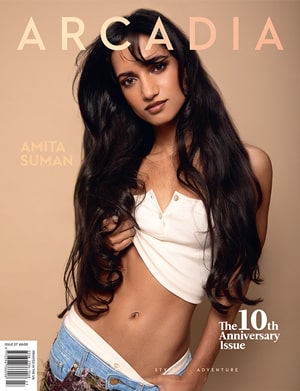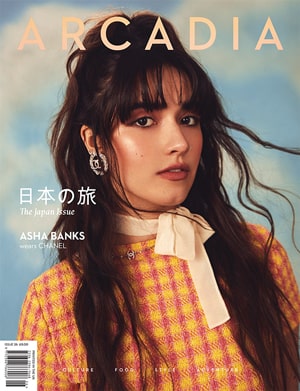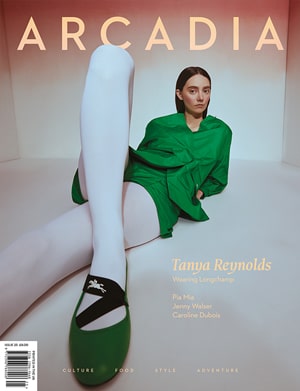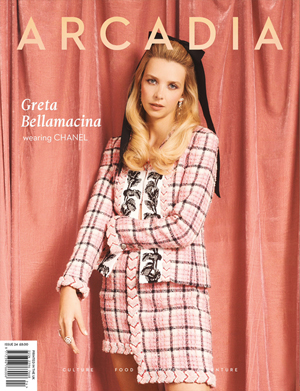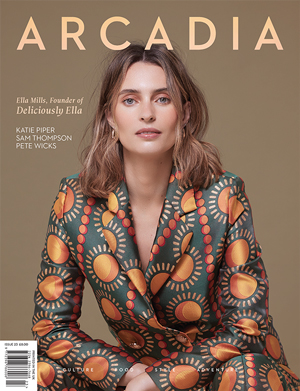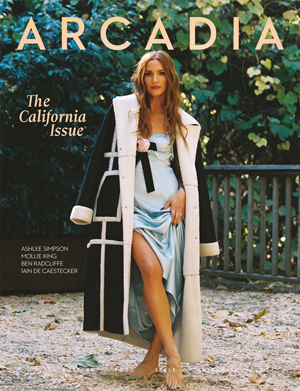
“From the Golden Age of Hollywood to the rise of hip-hop, over the last 100 years, music artists have used Phantom to project their identity and challenge convention. Their motor cars often became icons in their own right, with a lasting place in the history of modern music. This enduring connection reminds us that Rolls-Royce and the extraordinary people who are part of the marque’s story are united by one ambition: to make their presence felt.” — Chris Brownridge, Chief Executive, Rolls-Royce Motor Cars
The dialogue between Rolls-Royce and music is as old as modern recording itself, a century-long symphony where artistry and engineering converge. Long before Lennon’s kaleidoscopic statement or Elvis’s mirrored glory, names such as Duke Ellington, Fred Astaire, Count Basie, Ravi Shankar, Edith Piaf and Sam Cooke recognised Rolls-Royce as the definitive symbol of artistry and success. The moguls who shaped entire genres—Brian Epstein, Berry Gordy, Ahmet Ertegun—were equally drawn to the marque, finding in it not just a motor car, but a medium of personal expression.

At the pinnacle stands Phantom, a nameplate now poised to celebrate its centenary in 2025. Over eight generations, it has been more than transport—it is theatre, identity, and enduring legend. Phantom’s appeal lies not only in peerless engineering, the world’s finest materials, and hand-crafted artistry, but in the freedom it offers its custodians: the ability to shape their own myth.
Marlene Dietrich: Falling in Love Again
In 1930, Hollywood greeted Marlene Dietrich with flowers, stardom, and a green Rolls-Royce Phantom I. Fresh from The Blue Angel, she arrived in California to film Morocco, already an icon in motion. The Phantom followed her onto the silver screen, gliding through closing scenes and publicity stills—a symbol of her arrival not just in Hollywood, but in history.
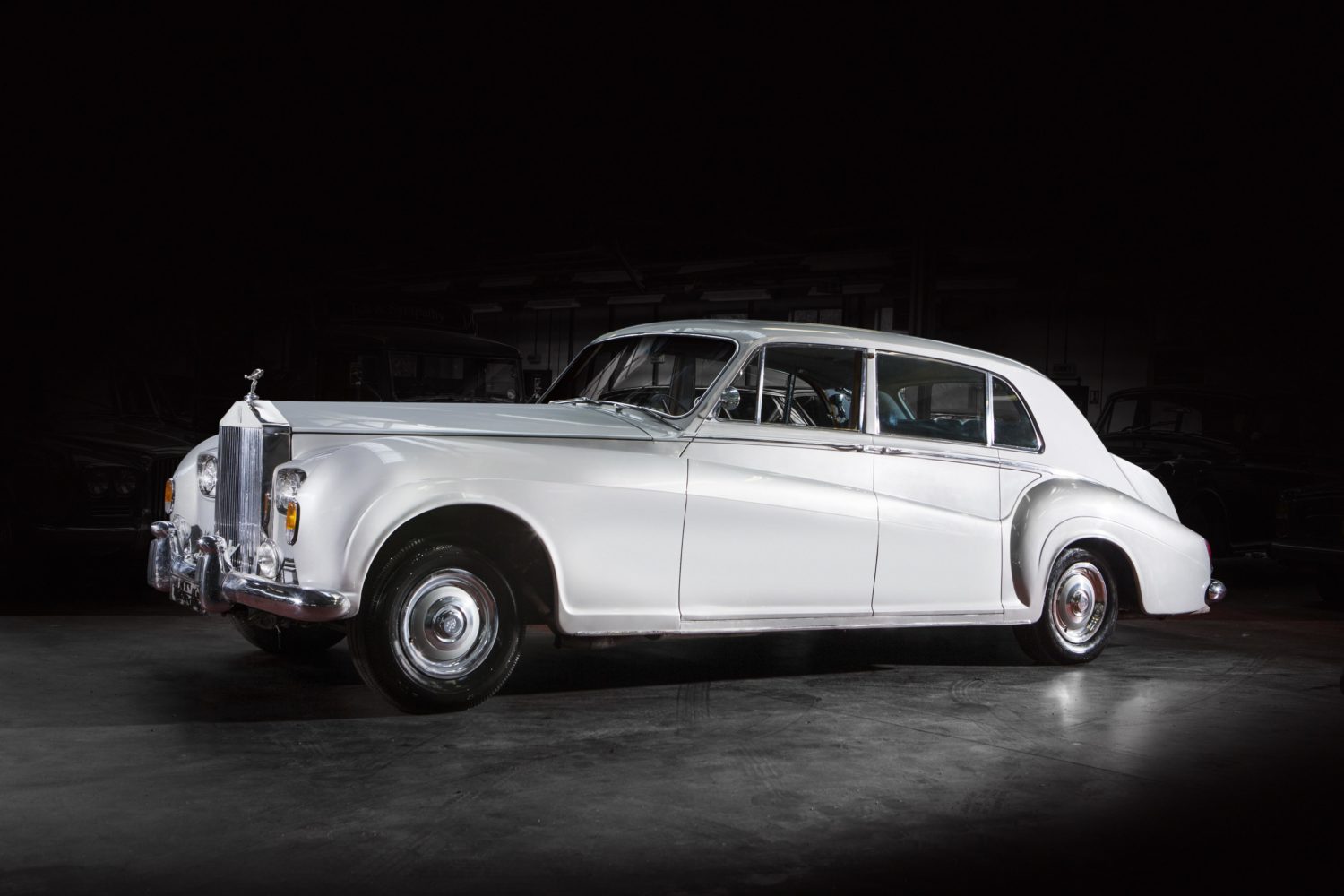
Elvis Presley: All Shook Up
At the height of his reign, Elvis commissioned a midnight-blue Phantom V, its cabin fitted with microphone, writing pad, mirror and brush—tools of creativity and spectacle. Even his mother’s chickens took notice, pecking at their reflections in the mirror-bright paint, prompting a softer Silver Blue refinish. Here, luxury was both stage and sanctuary: a cocoon where inspiration struck between stadiums and studio.
Liberace: Mr Showmanship
Liberace’s 1961 Phantom V, tiled entirely in mirrored glass, glittered beneath Las Vegas lights, carrying him on stage at the Hilton in a shimmering spectacle. More than transport, it was part of his costume—an overture in chrome and crystal, immortalised in Behind the Candelabra.
Sir Elton John: A Ride for the Rocketman
From Liberace’s influence grew Elton John’s flamboyance. His Phantoms—white, pink-and-white, and later obsidian black—were canvases for his shifting identity. One bespoke example contained not just a fax machine and video player, but a sound system so powerful the rear glass needed reinforcing. Another, painted in pastel flamboyance, was gifted to percussionist Ray Cooper in lieu of cash after a Soviet tour. Years later, it would collect a young Damon Albarn from school, before Albarn himself would record The Pink Phantom with Sir Elton, a story looping across generations.
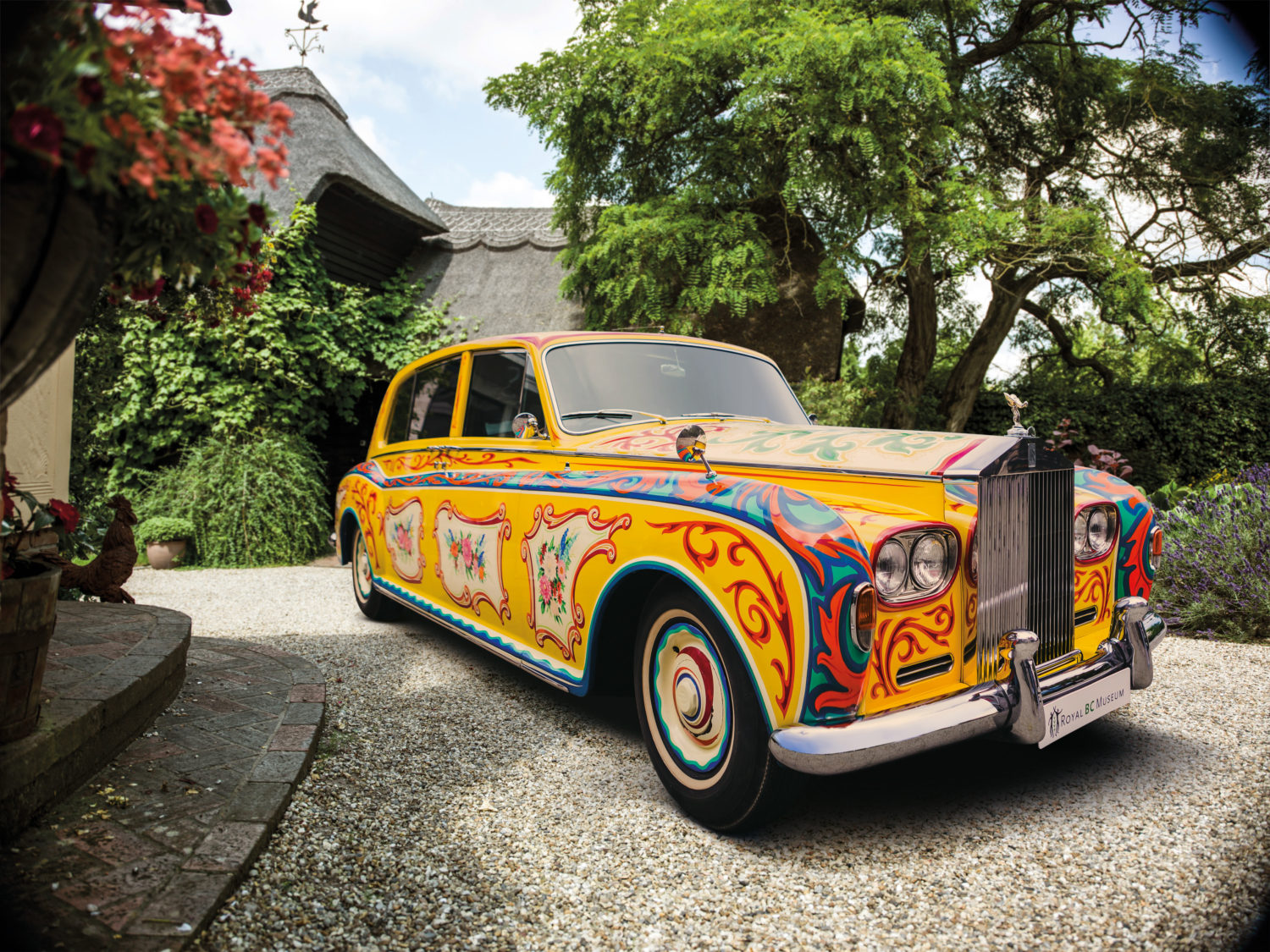
John Lennon: Love Me Do
For Lennon, Phantom was first a jet-black cocoon—complete with cocktail cabinet, refrigerator and television. But in 1967, as Sgt Pepper redefined music, Lennon reinvented his Phantom in a riot of yellow swirls, zodiac motifs, and psychedelic flourishes. To the young, it embodied freedom; to the old, it was scandal. Decades later, it would fetch record-breaking sums at auction, cementing its place as both rock ’n’ roll relic and work of art. His later all-white Phantom V echoed his minimalist phase with Yoko Ono: a moving extension of the White Album itself.
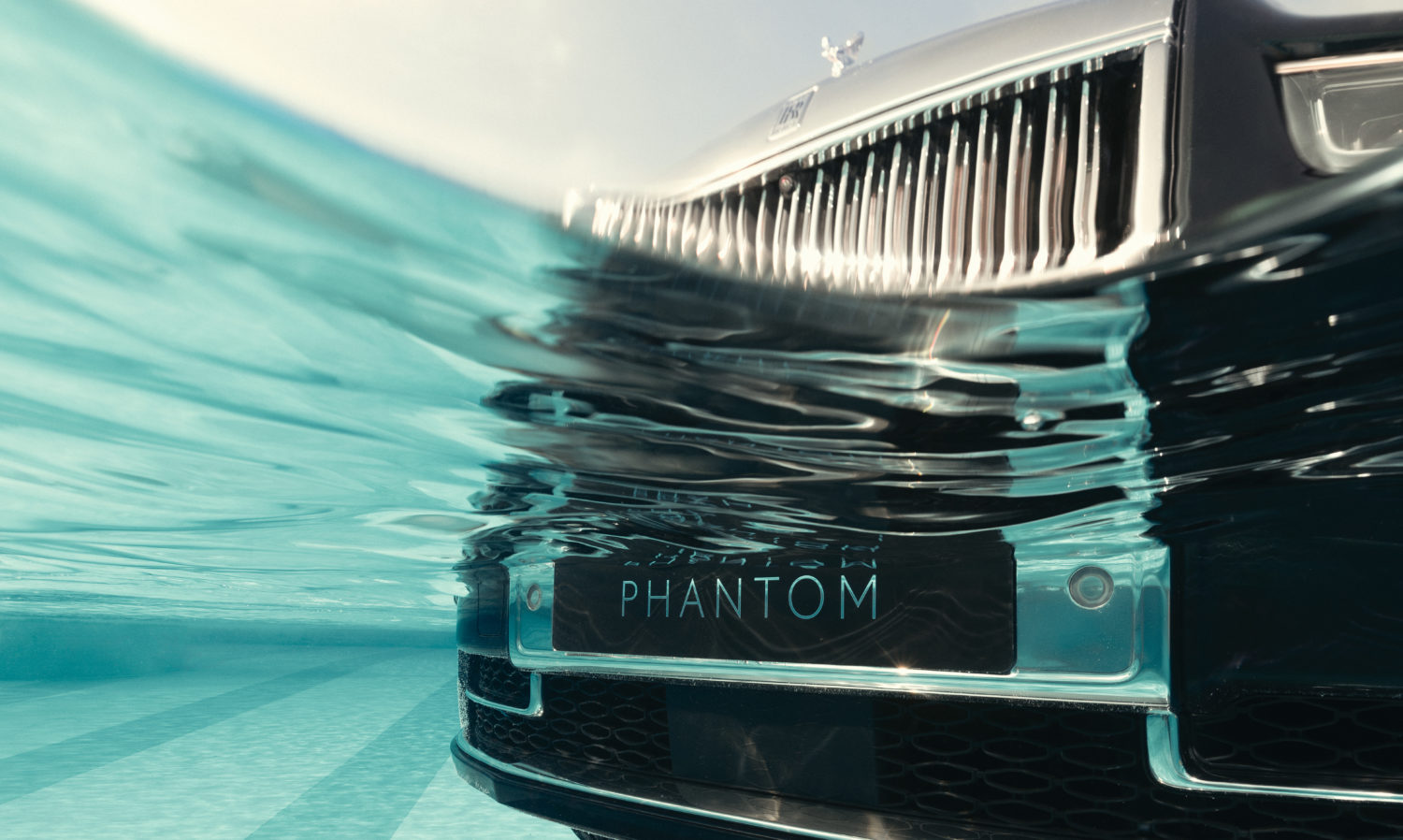
Keith Moon: The Myth of the Pool
Few tales embody rock excess like Keith Moon’s alleged Phantom sinking at a Flint, Michigan Holiday Inn. Though accounts vary, the myth became fact in cultural memory: the car in the pool was a Rolls-Royce. To mark the legend, Rolls-Royce later submerged a Phantom shell into Plymouth’s Tinside Lido, not only honouring Moon’s mischief but anchoring the story in an Art Deco dreamscape where The Beatles themselves once posed in 1967. Iconic.
Hip-Hop and Starlight
By the 2000s, as Rolls-Royce entered its Goodwood renaissance, Phantom found a new muse in hip-hop. Pharrell and Snoop Dogg’s Drop It Like It’s Hot enshrined Phantom VII as an emblem of lyrical success; 50 Cent, Lil Wayne, and countless others made it shorthand for aspiration. More than a car, Phantom became a bar, a metaphor, an aura. Its Starlight Headliner—thousands of hand-woven constellations overhead—entered the cultural lexicon as “stars in the roof,” a phrase echoed across tracks, a poetic shorthand for presence, power, and poetry.
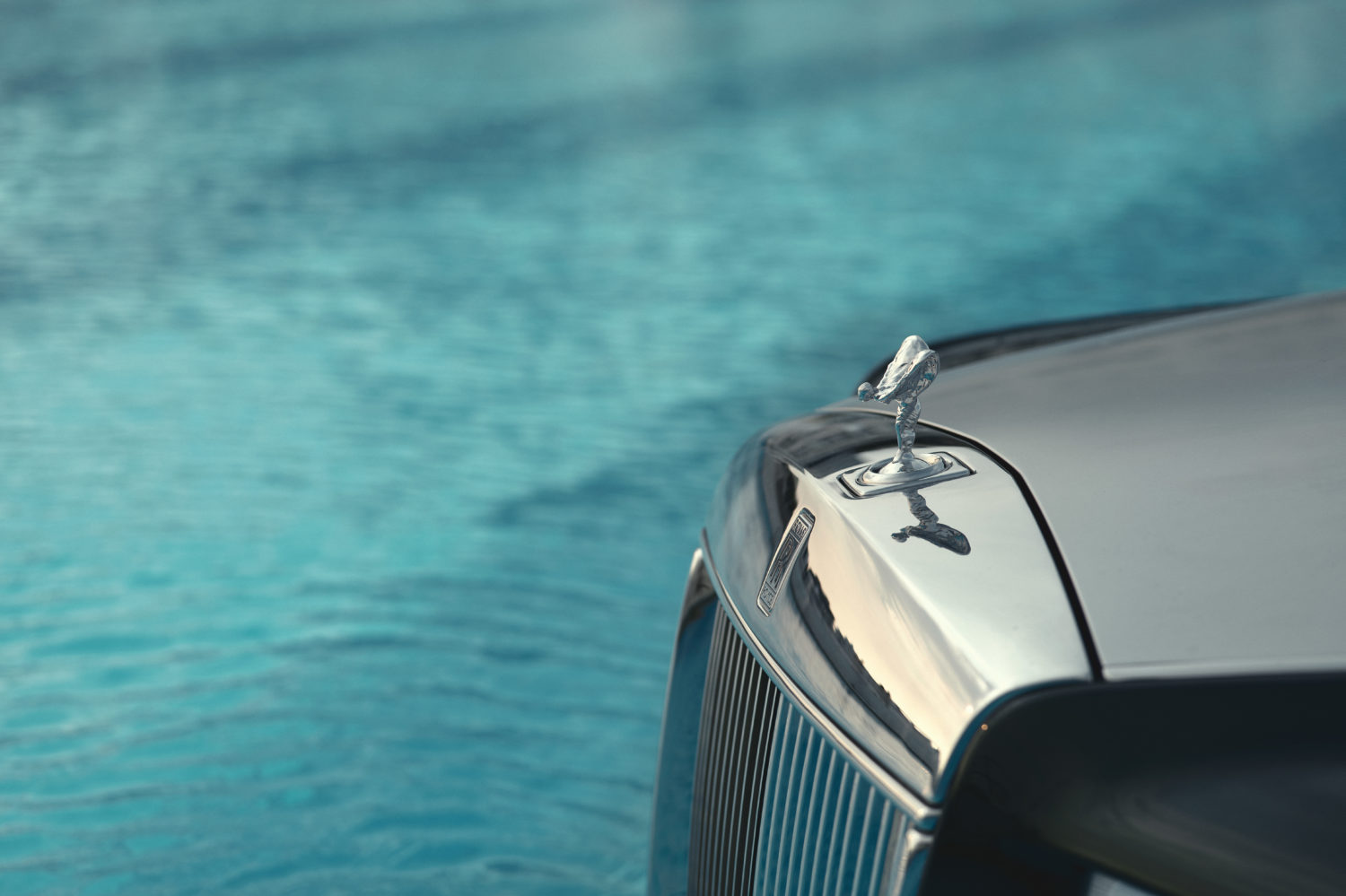
Encore: A Century of Sound and Motion
From Dietrich’s Hollywood debut to Lennon’s psychedelic rebellion, from Liberace’s glitter to Pharrell’s Starlight, Phantom has been the constant: evolving, reimagined, but always the supreme expression of individuality. As it enters its second century, Phantom continues to embody not just luxury, but the imagination of those audacious enough to shape culture itself. It remains, as ever, the car for those determined not simply to be seen, but to be remembered.


